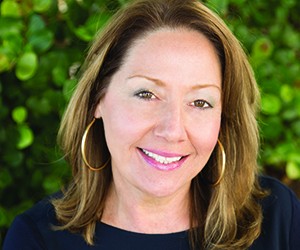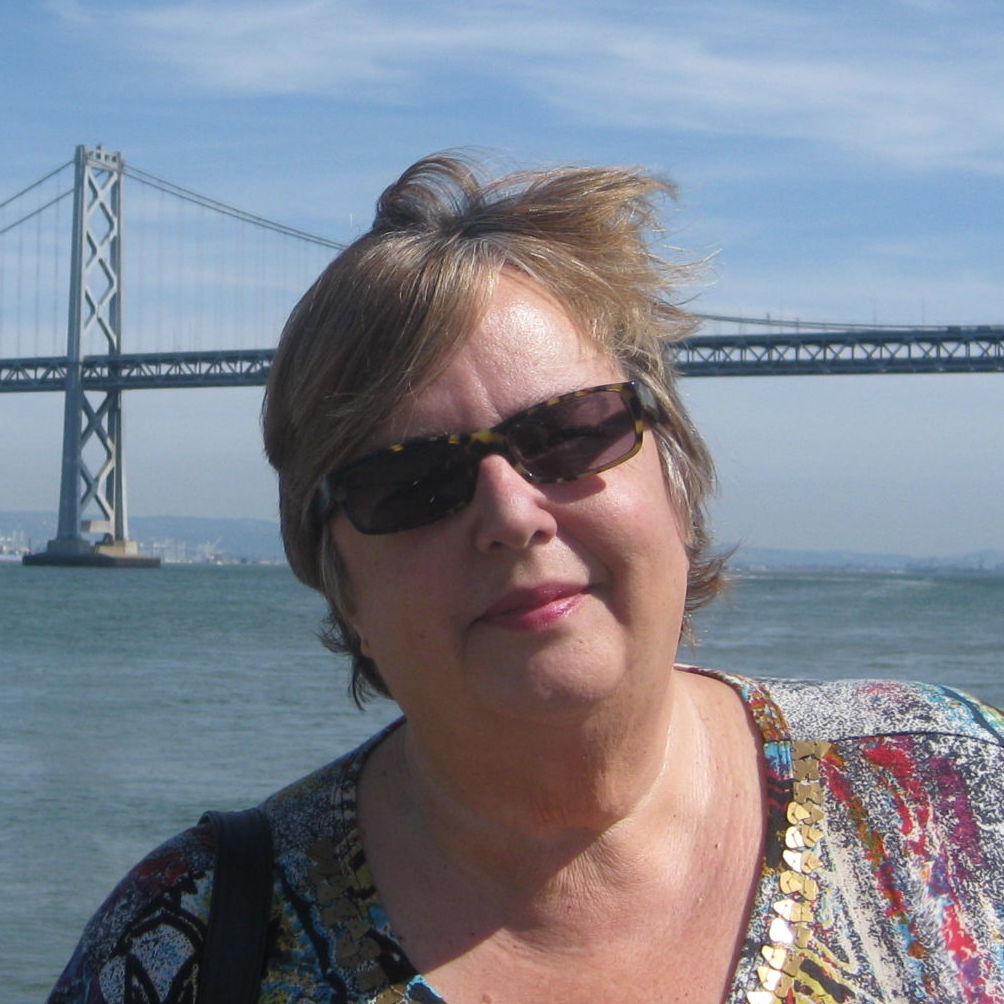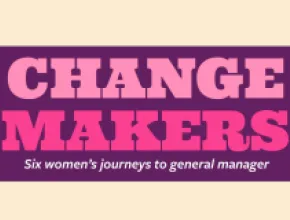When it comes to successfully executing a meeting where all or a significant portion of the attendees drive to the destination, planners face somewhat different challenges than with meetings where everyone is flying in. Questions of parking loom large, as do which type of circumstances best call for choosing a drive-to location.
Meetings Today spoke with several veteran planners about their recent experiences with drive-to meetings.
Healthcare Retreat in Naples, Fla.
While her Florida-based meeting planning company does a fair number of drive-to meetings, Renee Radabaugh, president of Paragon Events, finds that a retreat-style meeting held in a destination that is within two or three hours of where the attendees live yet offers a different environment is the ideal scenario.
This proved to be true for a retreat and educational meeting that took place last summer for a hospital group based in Fort Lauderdale, Fla. Held at a resort hotel in Naples, about a two-hour drive for most of the group, the three-day weekend meeting kicked off with a reception on Friday night.
“Most of the people were able to go to the office, leave a bit early and make it in time for the reception,” Radabaugh said. “We negotiated slightly better than average parking fees and also made sure there were plenty of family activities available. We had about 85 attendees, and about half of them brought along their kids.”
While the meeting could have been held in Fort Lauderdale, the fact that Naples was far enough away to require a hotel stay was also essential to the meeting’s success, she said.
“If we had held it too close to home, people would have gone back home at night, and we would have lost that shared experience and the networking aspect,” she said.
The fact that the meeting, which combined educational sessions in the morning with free time in the afternoon, was held when school was not in session and in a resort destination was also part of what made the program work, Radabaugh added. She has found similar success by holding drive-to meetings for Miami-based groups in the Florida Keys or for Los Angeles-based groups in Palm Springs.
“In these cases the meeting is convenient to home, but is also in a different environment where people can unwind and experience a contrast to where they live,” she said. “It might be a place they would want to visit on the weekend anyway. One thing you do need to be aware of is when to start the meeting. Make sure it is during a time when people won’t be fighting rush-hour traffic to get there.”
Radabaugh said she is experiencing a rise in the number of drive-to meetings, the result of some organizations opting to hold several regional meetings instead of or in addition to one annual event. In particular, she is finding that weekend drive-to meetings are especially popular with the healthcare industry and for board retreats.
PageBreak
Nonprofit Conference in San Diego
MaryAnne Bobrow, president of Bobrow Associates in Citrus Heights, Calif., whose company primarily serves association clients, is also no stranger to the drive-to meeting. Among her recent events was a four-day conference in April for a nonprofit organization that drew about a thousand attendees to a large hotel in San Diego. Roughly a third of the attendees chose to drive to the event.
“Many of the people were local—by that I mean they did not have to fly in,” she said. “Some chose to stay at the hotel, while some went home at night. Since it was a nonprofit, money was a consideration. You have to make sure that everything you put into the package will attract them, so they will want to come even if they are only coming in during the day.”
At the top of the list was providing free parking for the group, a factor that plays heavily in the site selection and negotiation process, Bobrow said.
“Parking is a prime consideration for groups like this,” she said. “If they have to pay 50 bucks [for parking]—or more than that in some cities these days—it becomes a huge problem. You must know your demographics and your audience and [pick] the site that will please your people.”
While the San Diego hotel promised ample parking availability, a glitch occurred when some attendees arrived to find that another group at the hotel was using up the spaces.
“Most people tended to arrive late, expecting to drive up to the front door and find everything waiting for them, including parking,” she said. “But some people couldn’t find a place to park. So we had to quickly go to the hotel [staff] and alert them. They helped us find additional parking, and were out there to direct [attendees] as soon as they arrived at the property.” Challenges with drive-to meetings where not everyone is staying at the hotel also involve managing the room block and allocating how much food and beverage needs to be provided, Bobrow noted.
“The room block isn’t difficult because with online registration you can tell how many will stay at the hotel,” she said. “The greater challenge is with food and beverage. If people are driving in only for the day, they may not come in for the breakfast, and they may leave before the dinner. You need to ask as many questions as possible beforehand to find these things out.”
New Product Launches in Boston and New York City
Drive-to meetings that are one-day events where all attendees are from the local area pose challenges of their own, according to Mike May, president of the meeting planning firm Spear One.
For a technology client, his company recently planned new product launches at venues that included the Affinia Manhattan in New York and the Marriott Copley Place in Boston. The attendees all lived within an hour or two of the destinations and were customers of the tech firm.
While the attendees were close enough to drive to the event, May said choosing locations where arriving by train was a convenient alternative made all the difference for driving attendance.
“In New York City, an important tip is to choose hotels that are near the train stations,” he said. “The Affinia is less than a block from Penn Station, which made it a strong draw for attendees from the outlying suburbs.”
While a meeting where attendees were staying overnight at the hotel would have had an early morning start time, the day events in Boston and New York were scheduled to start a little later, May said.
“Personally I recommend a 9 a.m. start because attendees can often run a few minutes late traveling to new hotels and then finding the right meeting room within the hotel,” he said.
Scheduling the product launches as all-day events rather than as shorter events centered around lunch was another strategy to maximize attendance.
“Lunch events can be an excellent idea for shorter presentations of one to two hours, but then you run the risk that attendees will go to the office beforehand and then say ‘Oh, I’m so busy, I can’t leave,’” May said.







